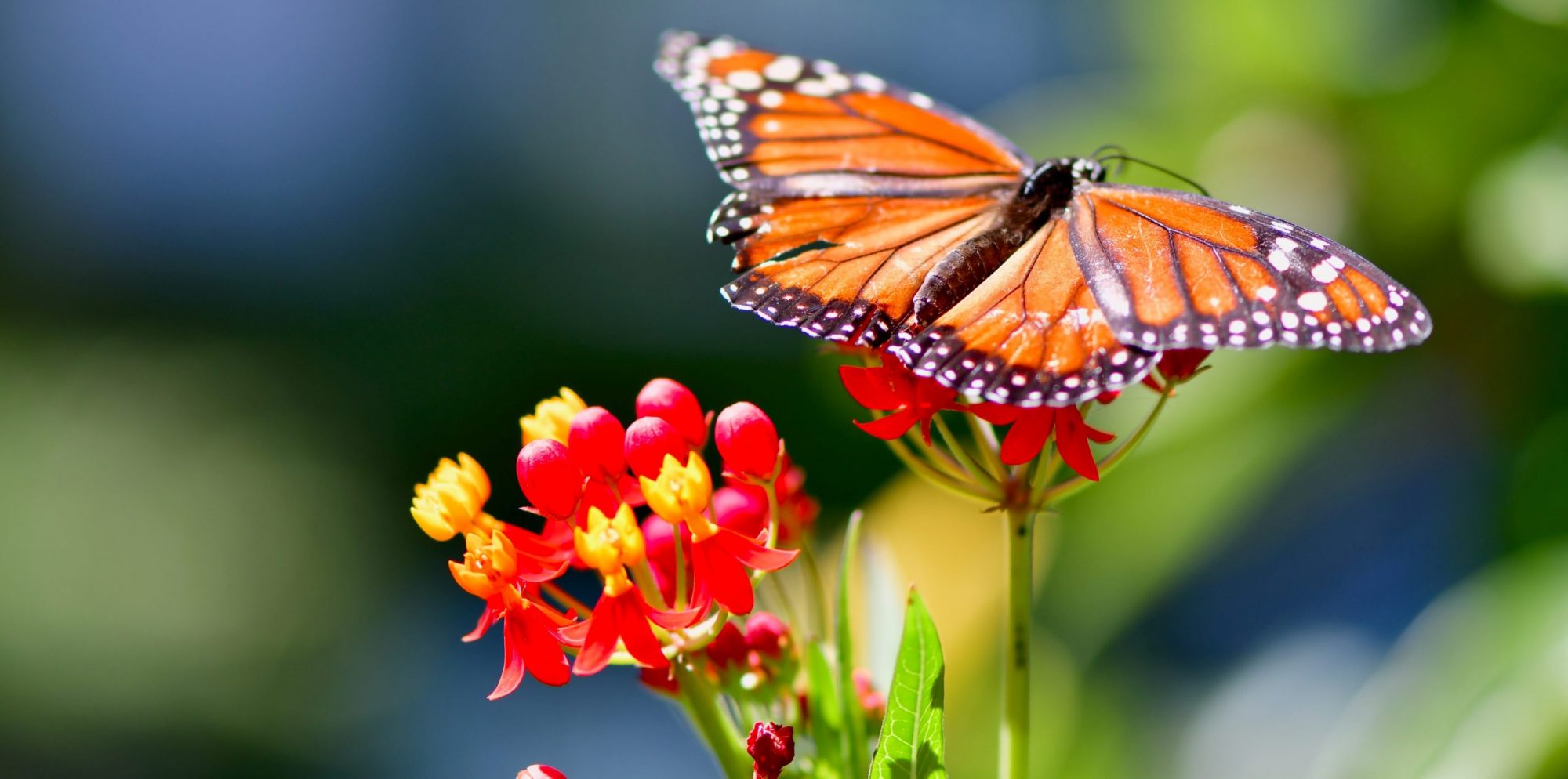
Project Title: University of Illinois at Urbana-Champaign Indoor Solid Waste & Recycling Collection Assessment & Infrastructure Improvement
Sector: Higher Education
Location: Champaign-Urbana, IL
Service: Implementation Assistance, Fostering Sustainable Behavior
Background: In 2008, the University of Illinois at Urbana-Champaign (UI) signed the American College & University Presidents’ Climate Commitment, becoming part of a network of institutions of higher education committed to campus carbon neutrality by the year 2050. UI developed an Illinois Climate Action Plan (iCAP) as a roadmap to reducing the campus carbon footprint and achieving carbon neutrality. The iCAP identifies relevant goals, objectives, and potential strategies in the following categories: energy conservation and building standards; energy generation, purchasing, and distribution; transportation; water and stormwater; purchasing, waste, and recycling; agriculture, land use, food, and sequestration; carbon offsets; financing; education; outreach; and research.
Since the development of the iCAP, the Illinois Sustainable Technology Center (ISTC) Technical Assistance Program (TAP) has worked with UI Facilities and Services (F&S) on multiple projects to facilitate the achievement of a 45% campus waste diversion target by 2020, as part of the overarching campus carbon neutrality efforts. See “Other projects with this client” below for more information.
In 2019, ISTC and WTS staff began an analysis of collection practices within buildings with the explicit intent to increase the capture of source-separated recyclables.
Approach: TAP staff shadowed building service staff to identify current practices and opportunities for improvement. The processes for handling waste and recyclables for typical academic and residential buildings were mapped out, including movement of waste materials from the building to dumpsters, and ultimately to the WTS. TAP staff also worked with F&S to document (in terms of current deployment and unused inventory) the number and variety of landfill and recyclable collection bins found in buildings across campus.

This information allowed TAP to make various recommendations to UI F&S related to:
- building construction and renovation standards for recycling space allocation;
- collection container allocation, placement, and related training for Building Service Workers (BSW);
- updating collection containers to improve clarity and consistency across campus;
- improved signage for clarity and consistent messaging;
- use of bin liners and existing dumpsters to streamline material flows to, and separation at, the WTS; and
- a campus-wide recycling campaign.
Results: TAP is currently working with F&S on implementation of these recommendations. At the end of 2019, new collection containers were identified which would collocate landfill (trash) bins and bins for the two types of recycling streams on campus—mixed paper and aluminum cans plus bottles. The new collection containers use color-coding to distinguish the different streams—black for landfill, green for the mixed paper stream, and blue for the combined aluminum cans and bottles. Matching directional signage featuring pictures of example materials appropriate for each waste stream attaches to the back of the bins to assist with proper source separation. A URL for more information on campus recycling is also prominent on the bin signs. Images on the container access doors (for emptying the bins) reinforce proper placement of materials. The containers are themselves constructed from at least 1000 recycled plastic milk jugs, reinforcing the importance of not only recycling but “closing the loop” by using products made from recycled materials.
105 containers have been deployed over 30 buildings, beginning primarily in first-floor hallways. Additional containers are being obtained and deployed to locations keeping factors such as building occupancy and status of currently existing collection infrastructure in mind. F&S sees the deployment of the new containers as a key factor in raising awareness of recycling opportunities and processes on campus, as well as combating persistent misconceptions about campus recycling practices.
The new collection containers and implementation of other recommendations made by ISTC’s TAP not only foster achievement of campus iCAP goals but also relate to the recently released F&S Strategic Plan 2019-2023, which includes key performance indicators for diverting waste from landfill in its “Lead in Energy Management and Sustainability” section.
- Indoor Solid Waste and Recycling Collection Assessment: Facilities and Services
- F&S Newsroom: New Collection Containers to Help Increase Recycling Efforts
- F&S Strategic Plan 2019-2023: Lead in Energy Management and Sustainability
- UI F&S Waste Management & Recycling
Other projects with this client:
https://tap.istc.illinois.edu/category/university-of-illinois-at-urbana-champaign/










